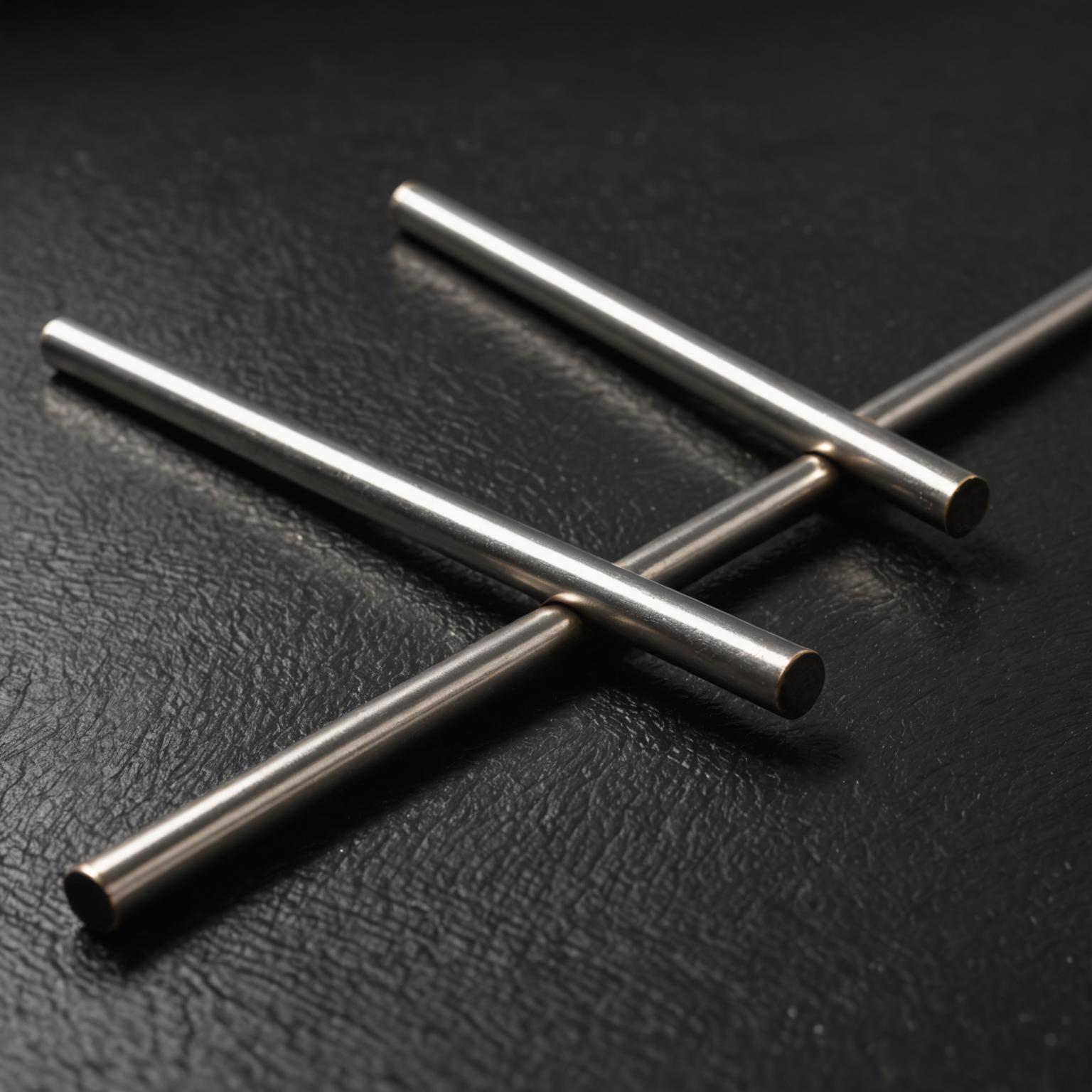A Comprehensive Guide to Rust Prevention for Stainless Steel Round Bars
When investing in materials for industrial, construction, or even decorative projects, stainless steel round bar is a popular choice due to its strength, durability, and aesthetic appeal. A common question that arises, however, is how to prevent stainless steel round bar rusting. Many people operate under the misconception that stainless steel is completely immune to rust, but this isn't entirely true. While it is highly resistant to corrosion, certain conditions can cause it to tarnish and rust. Understanding the properties of stainless steel and implementing proper care and maintenance routines are the keys to ensuring its longevity and pristine appearance for years to come.
Understanding What Makes Stainless Steel 'Stainless'
To effectively prevent rust, it's essential to first understand why stainless steel is so resistant to it in the first place. The secret lies in its composition. Stainless steel is an iron-based alloy that contains a minimum of 10.5% chromium. This chromium is the hero element. When exposed to oxygen in the air or water, the chromium forms a thin, invisible, and incredibly durable passive layer of chromium oxide on the surface of the steel. This layer acts as a protective shield, preventing oxygen and moisture from reaching the iron underneath and causing it to rust. If this protective layer is scratched or damaged, it can typically self-heal as long as there is oxygen present. However, this self-healing process can be compromised in harsh environments or through improper handling, leading to corrosion.
Key Factors That Cause Stainless Steel to Rust
Several factors can break down the protective chromium oxide layer and initiate the rusting process on stainless steel round bars. One of the most common culprits is contamination with carbon steel. If tools used for cutting, grinding, or handling regular steel are then used on stainless steel without being thoroughly cleaned, iron particles can be transferred onto the surface. These particles will then rust, creating unsightly brown spots and potentially leading to pitting corrosion in the stainless steel underneath. Another major adversary is exposure to chlorides. Chlorides, found in salt, saltwater spray, de-icing salts, and many household and industrial cleaners (like bleach), are particularly aggressive at breaking down the passive layer. This makes certain grades of stainless steel unsuitable for marine or coastal applications without additional protection. Lastly, mechanical damage such as deep scratches, gouges, or crevices can also disrupt the passive layer and create sites where moisture and contaminants can collect, providing an ideal environment for rust to form.
A Practical Guide to Preventing Rust on Stainless Steel Round Bars
Preventative maintenance is the most effective strategy. Start with proper material selection. Different grades of stainless steel offer varying levels of corrosion resistance. For general purposes, Grade 304 is often sufficient. However, for environments with high chloride exposure, such as coastal areas or chemical processing plants, Grade 316, which contains molybdenum for enhanced corrosion resistance, is a much better choice. Careful handling and storage are also critical. Always store stainless steel round bars separately from carbon steel to avoid cross-contamination. Use dedicated tools, or ensure tools are meticulously cleaned before use on stainless steel. During fabrication, protect the surfaces from scratches and impact. Regular, proper cleaning is perhaps the most important routine. Clean the stainless steel surfaces periodically with a mild detergent and warm water, using a soft cloth or a nylon brush. Always rinse thoroughly with clean water and wipe dry to prevent water spots and mineral deposits. Avoid using steel wool, abrasive scouring pads, or harsh cleaners containing chlorides or bleach.
Advanced Protection: The Role of Passivation
For applications where maximum corrosion resistance is essential, or after fabrication processes like welding or grinding that can damage the passive layer, a chemical treatment known as passivation is highly recommended. Passivation is a process that uses a mild oxidant, typically a nitric acid or citric acid solution, to remove any free iron from the surface of the steel and strengthen the natural chromium oxide protective layer. This treatment enhances the material's inherent corrosion resistance, making it far more robust against environmental challenges. While it may seem like an extra step, passivation is a crucial quality control measure in industries like aerospace, medical, and food processing, ensuring the integrity and longevity of stainless steel components.
What to Do When Rust Appears
If you do find rust spots on your stainless steel round bar, don't panic. In most cases, it is surface contamination that is rusting, not the stainless steel itself. For light rust stains, a non-abrasive cleaner and a soft cloth or nylon scrub brush will often suffice. For more stubborn spots, you can use a cleaner containing oxalic acid, which is effective at dissolving rust stains without harming the steel. After removing the rust, it is vital to clean the area thoroughly with water and then re-passivate it, either through a chemical treatment or by allowing it to air dry completely, to ensure the protective layer is fully restored. By following these guidelines on selection, handling, cleaning, and maintenance, you can ensure your stainless steel round bars remain strong, functional, and free from rust for their entire service life.








